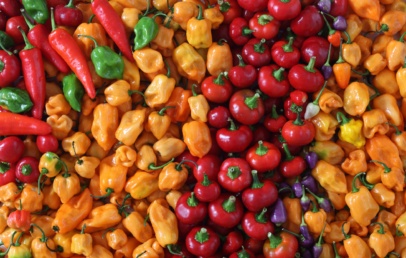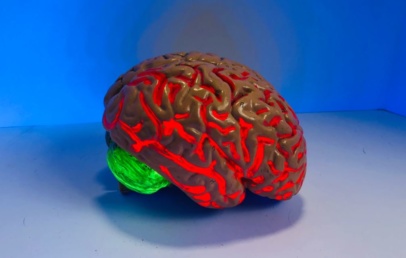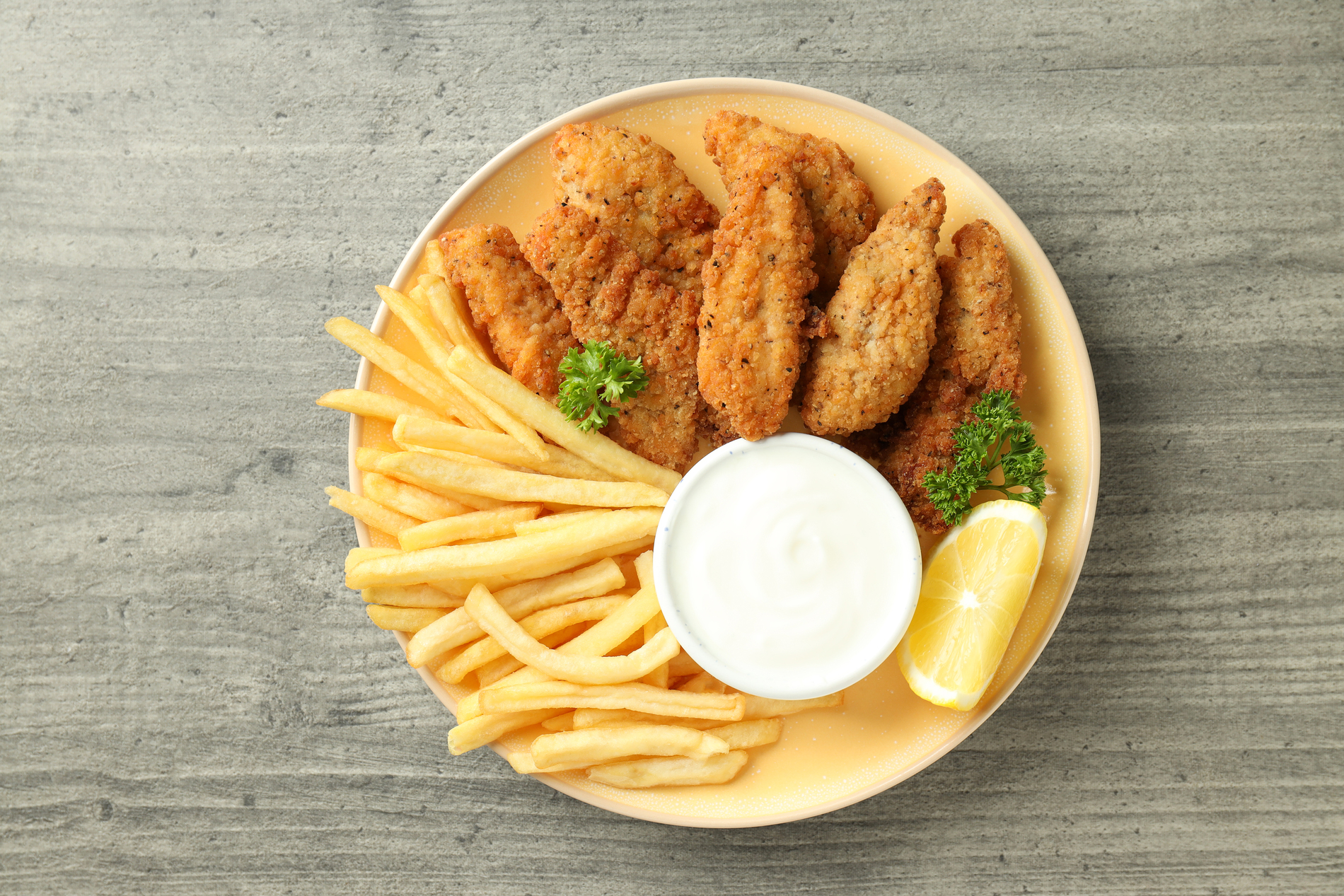
These Foods Will Result in Heartburn
You know that burning feeling in your chest that seems to show up at the worst time? Yep, that’s heartburn. And while stress and lying down right after eating can play a role, the food you eat is often the main culprit. Some foods relax the lower part of your esophagus or boost acid production in the stomach, making it way more likely for that acid to creep up where it doesn’t belong.
Here are 15 foods that are known to trigger heartburn, especially if you’re eating them regularly or too close to bedtime.
1. Tomatoes
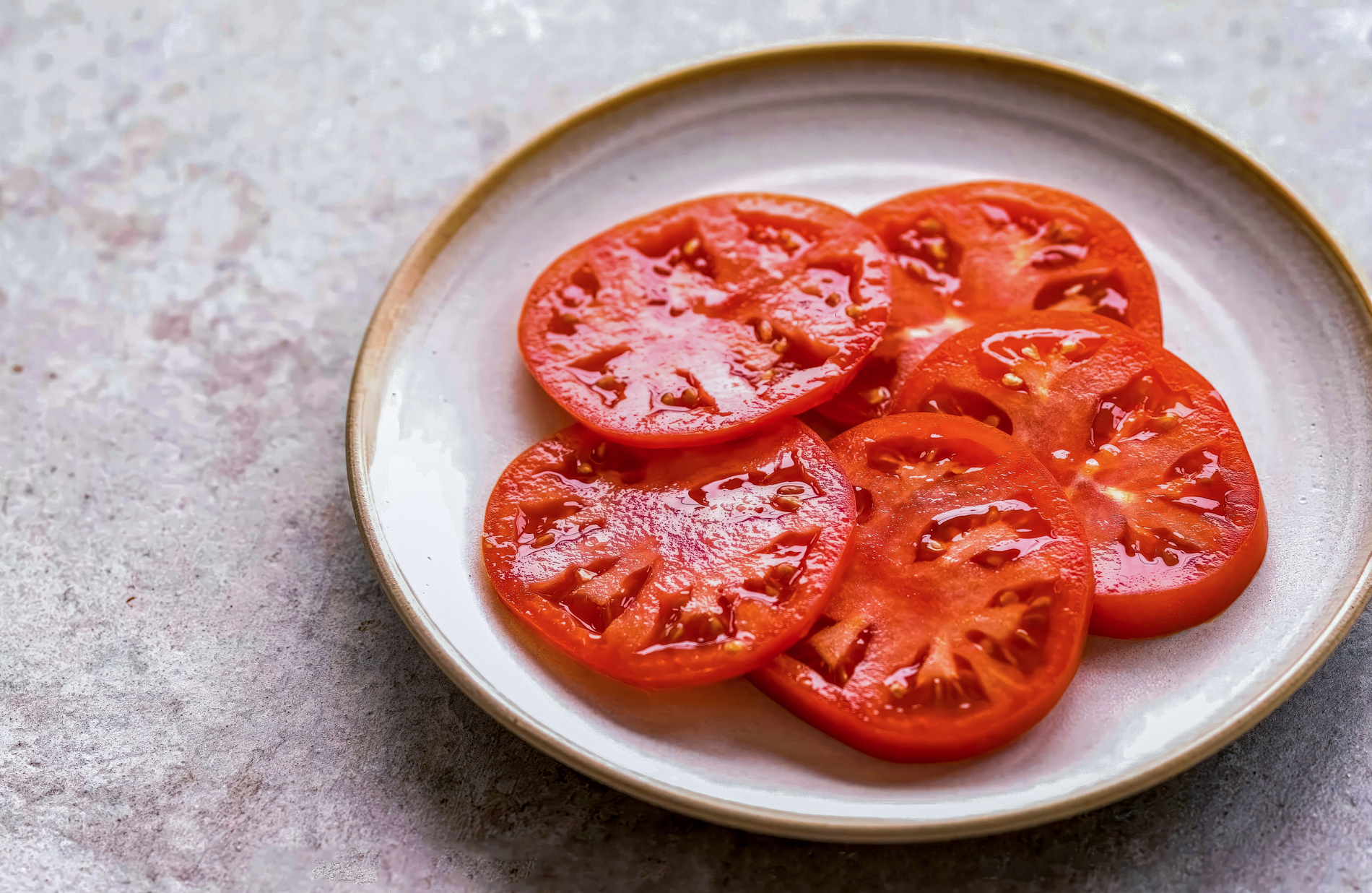
Tomatoes are super acidic and can easily mess with your stomach if you’re prone to heartburn. That includes raw tomatoes, tomato sauces, and even ketchup. If your chest burns after pasta night, this could be the reason.
2. Citrus Fruits
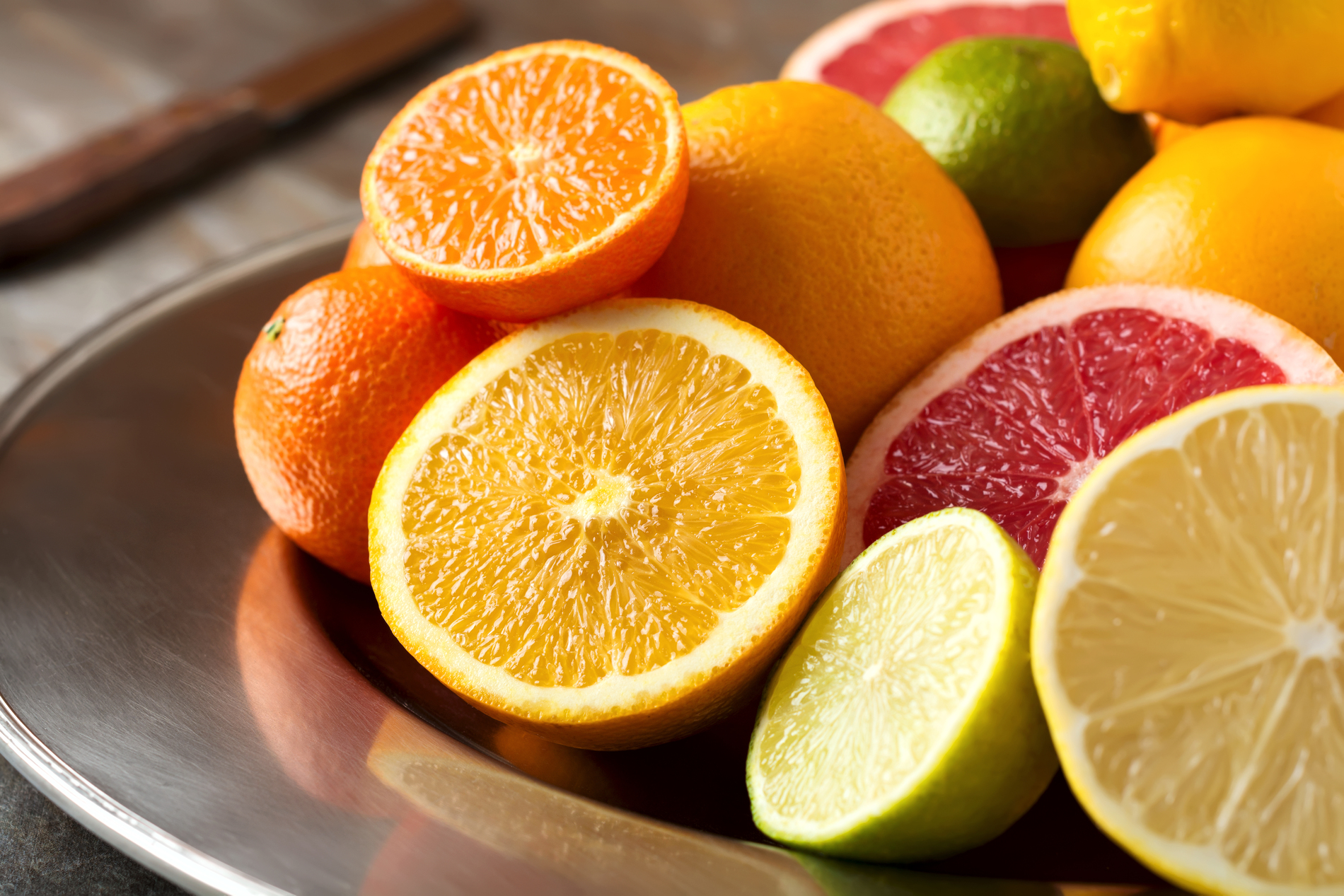
Oranges, lemons, limes, and grapefruits are all high in acid, which can irritate the esophagus and trigger reflux. Even a splash of lemon in water might cause problems for someone sensitive.
3. Chocolate
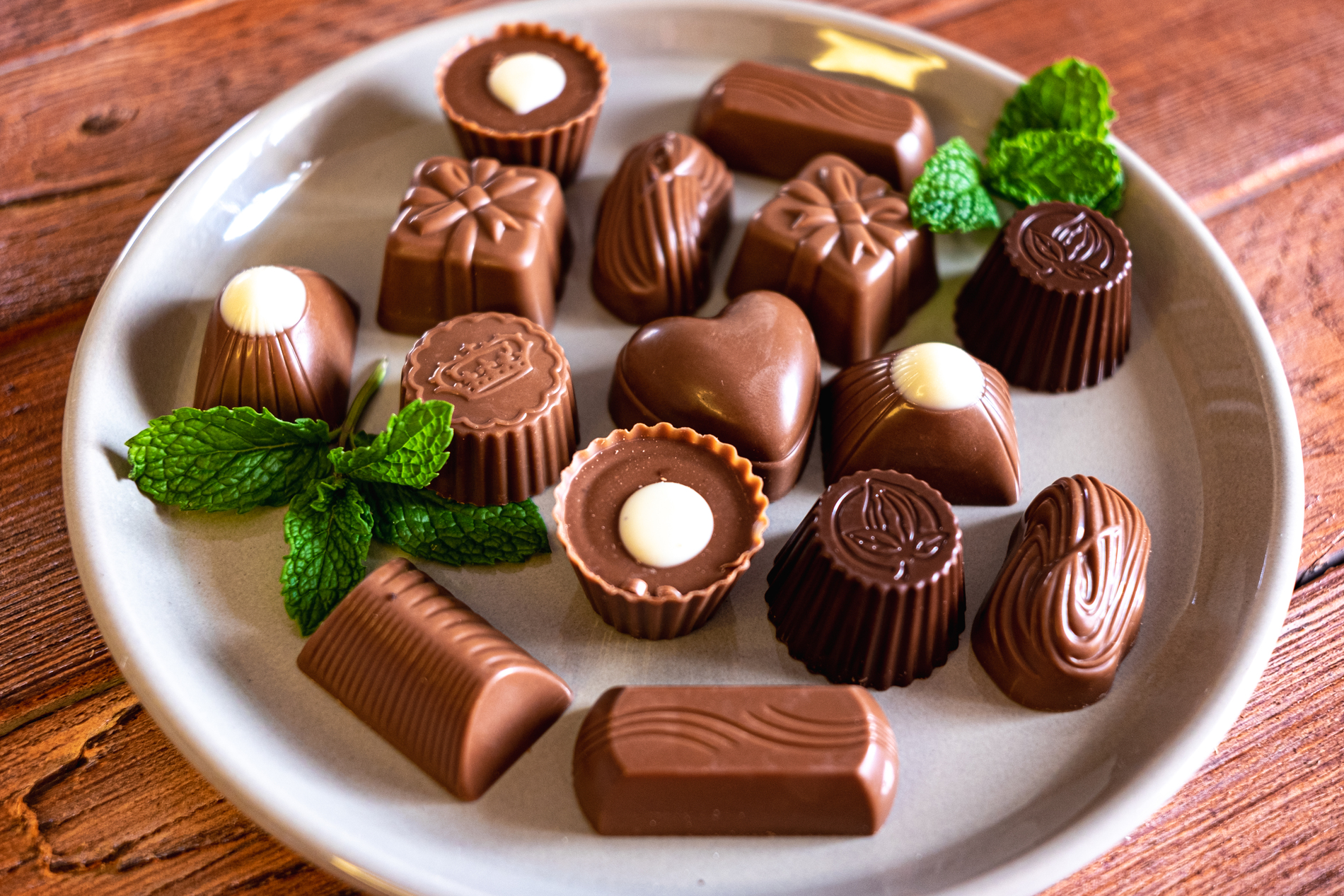
Chocolate has caffeine and a compound called theobromine, both of which can relax the muscle that keeps acid in your stomach. That’s why even a small chocolate treat might cause discomfort if you’re already dealing with reflux.
4. Coffee

Caffeine is a big heartburn trigger. Coffee can relax the lower esophageal sphincter and increase stomach acid production. Some people can tolerate a little, but if you notice a burning feeling after your morning cup, you might need to scale it back.
5. Spicy Foods
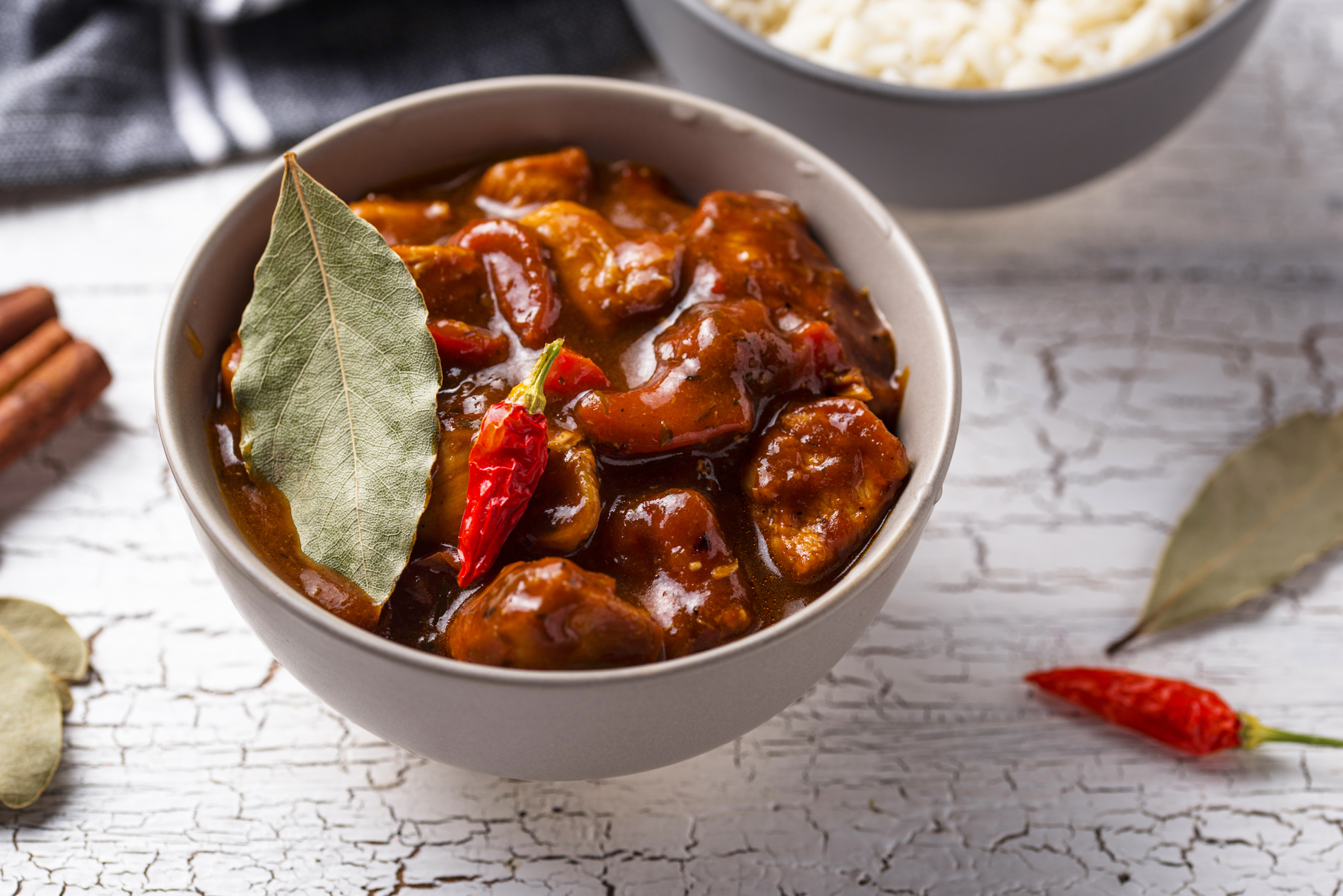
Chili peppers, hot sauces, and anything loaded with spice can irritate the lining of the esophagus and stomach. They don’t always cause heartburn, but if you’re already dealing with it, spicy foods can make it worse really fast.
6. Fried Foods
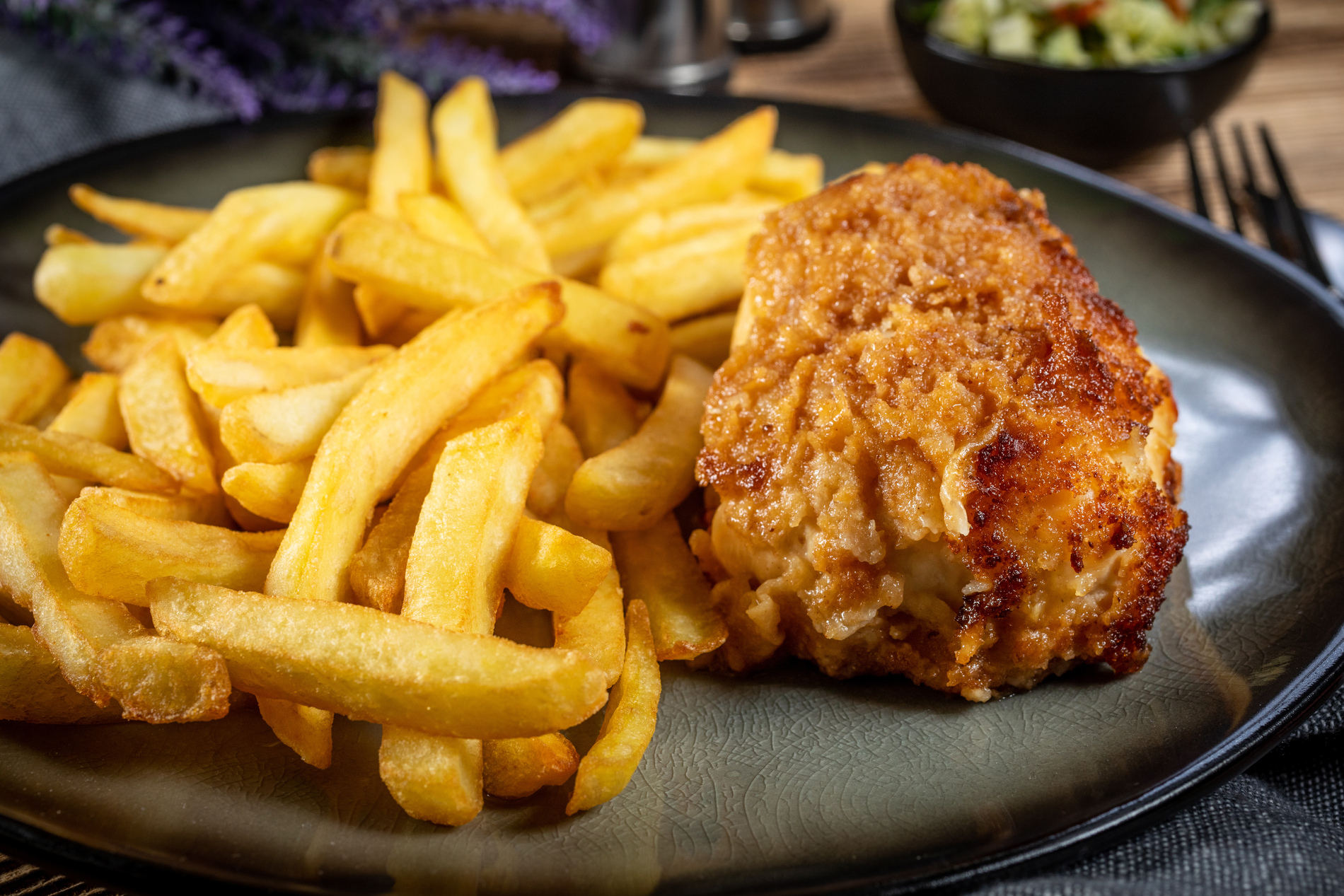
Deep-fried goodies like fries, nuggets, and onion rings are high in fat and hard to digest. They sit in your stomach longer, giving acid more time to make its way upward.
7. Onions

Raw onions, in particular, are known to trigger heartburn in a lot of people. They can relax the muscle between your stomach and esophagus, especially when eaten in larger amounts.
8. Garlic
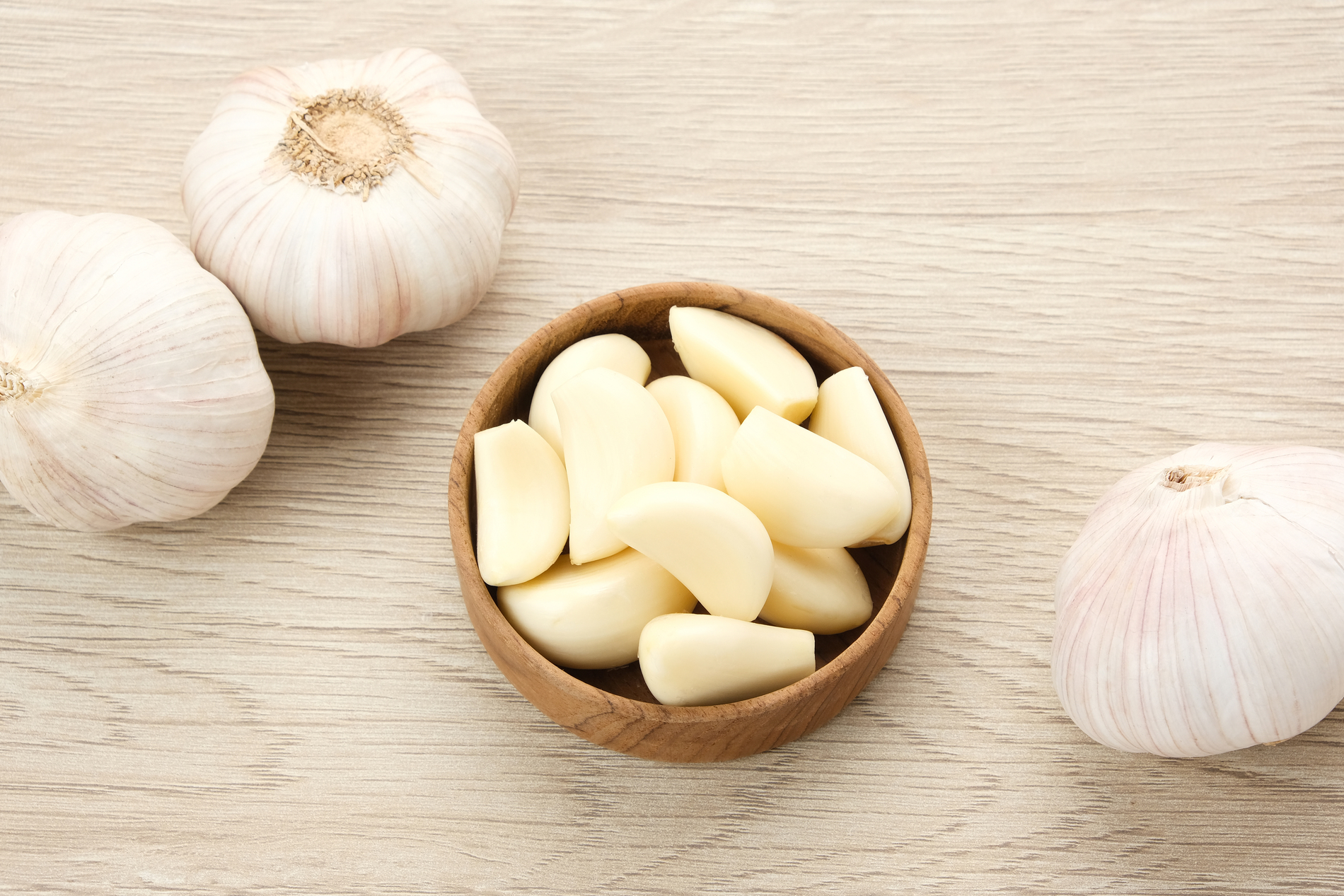
Garlic has a ton of benefits, but it’s also a common heartburn trigger. If you’re sensitive, especially to raw garlic, it might be worth cutting back or cooking it lightly before adding it to meals.
9. Mint
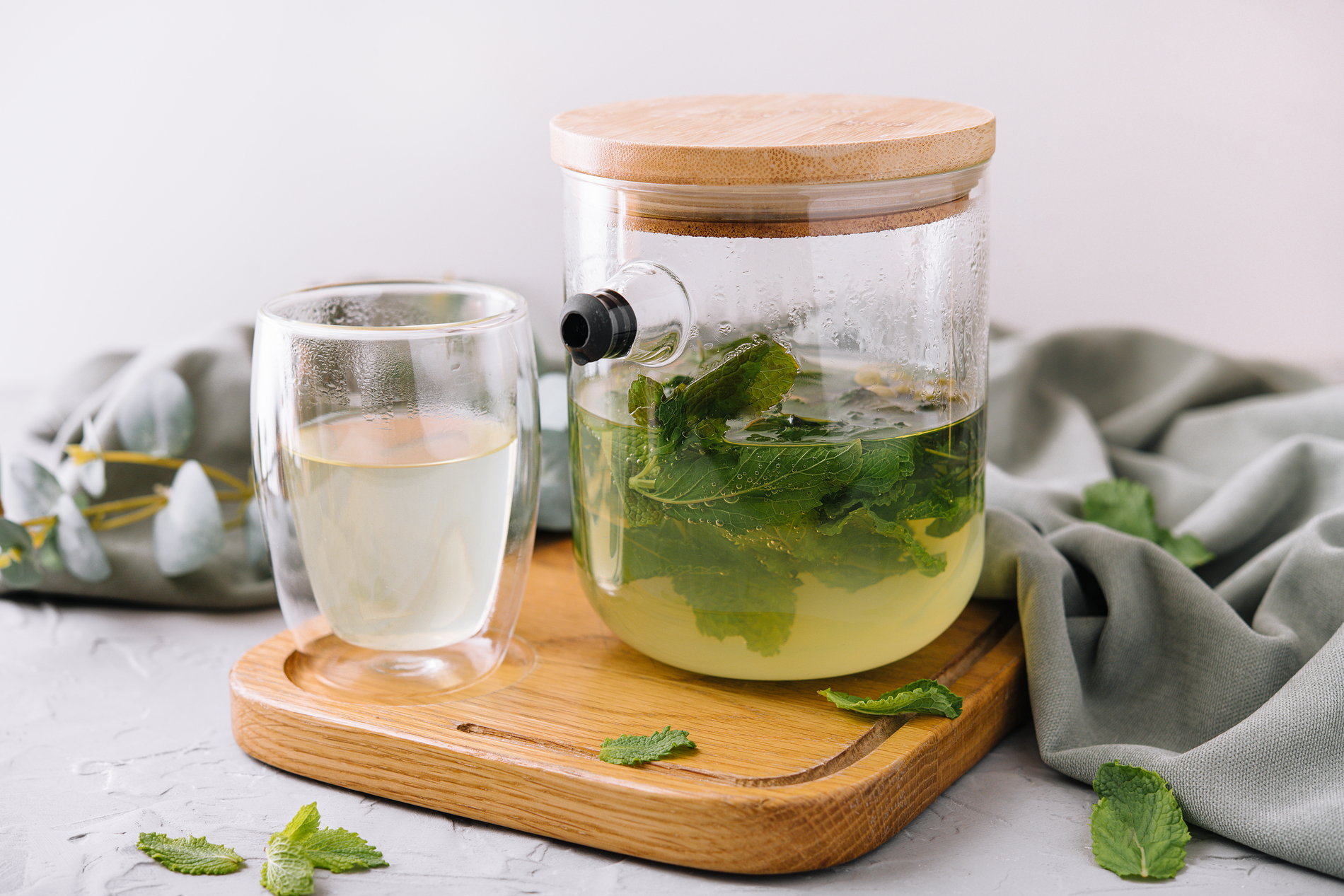
Surprisingly, mint isn’t soothing for heartburn. In fact, peppermint and spearmint can relax the lower esophageal sphincter, making it easier for acid to travel up into the throat. That includes mint tea and minty gums.
10. Alcohol

Alcohol weakens the muscle that keeps acid where it belongs and increases stomach acid. Wine, beer, and cocktails can all be triggers. Drinking on an empty stomach makes it even worse.
11. Cheese

Cheese is fatty and creamy, which makes it harder for your stomach to digest quickly. Slower digestion means more time for acid to build up and escape, especially if you’re lying down or reclining after eating.
12. Carbonated Drinks
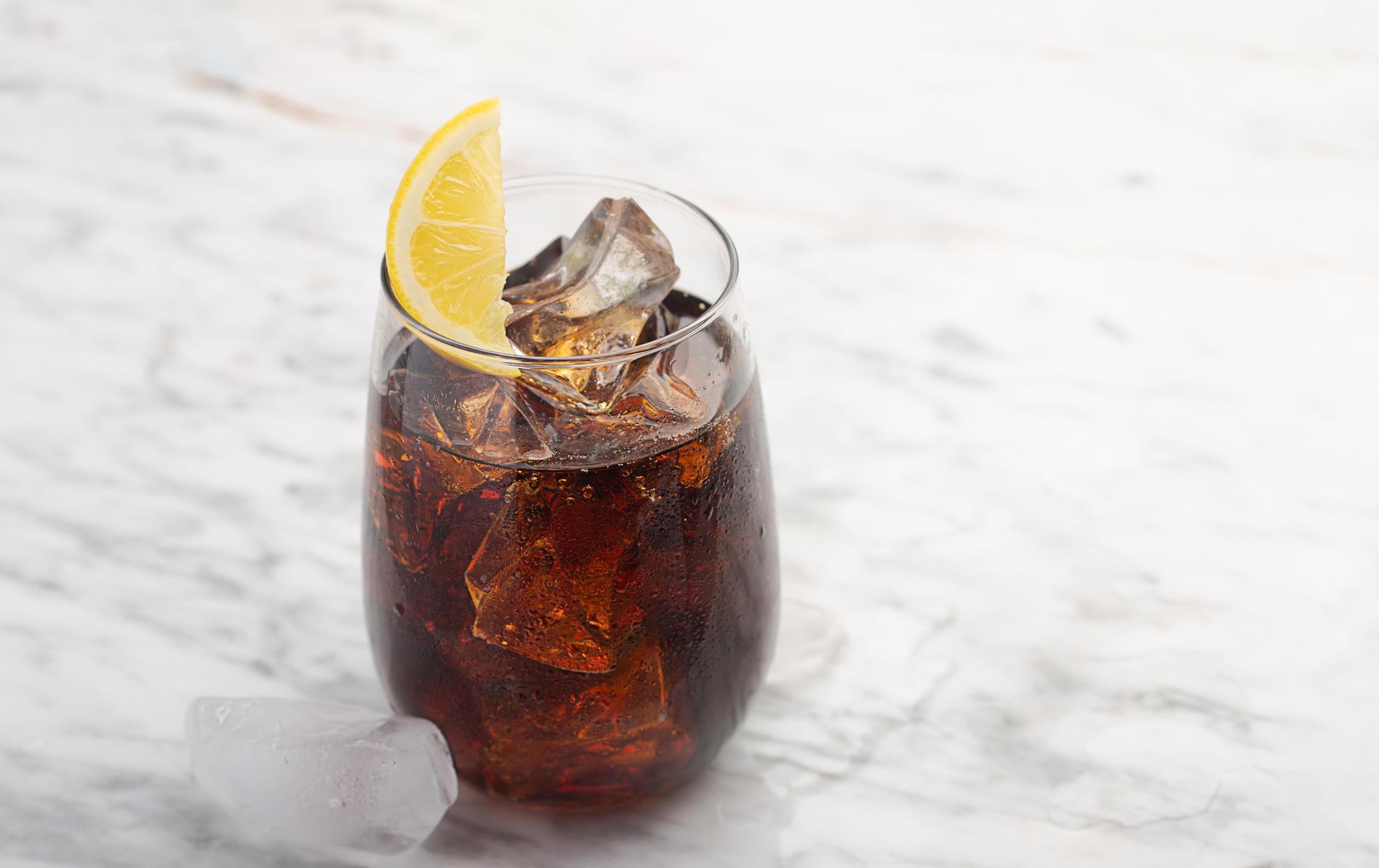
Sodas and sparkling water might feel refreshing, but all those bubbles can create pressure in your stomach. That pressure can push acid up into your esophagus, causing that burning sensation.
13. Processed Meats
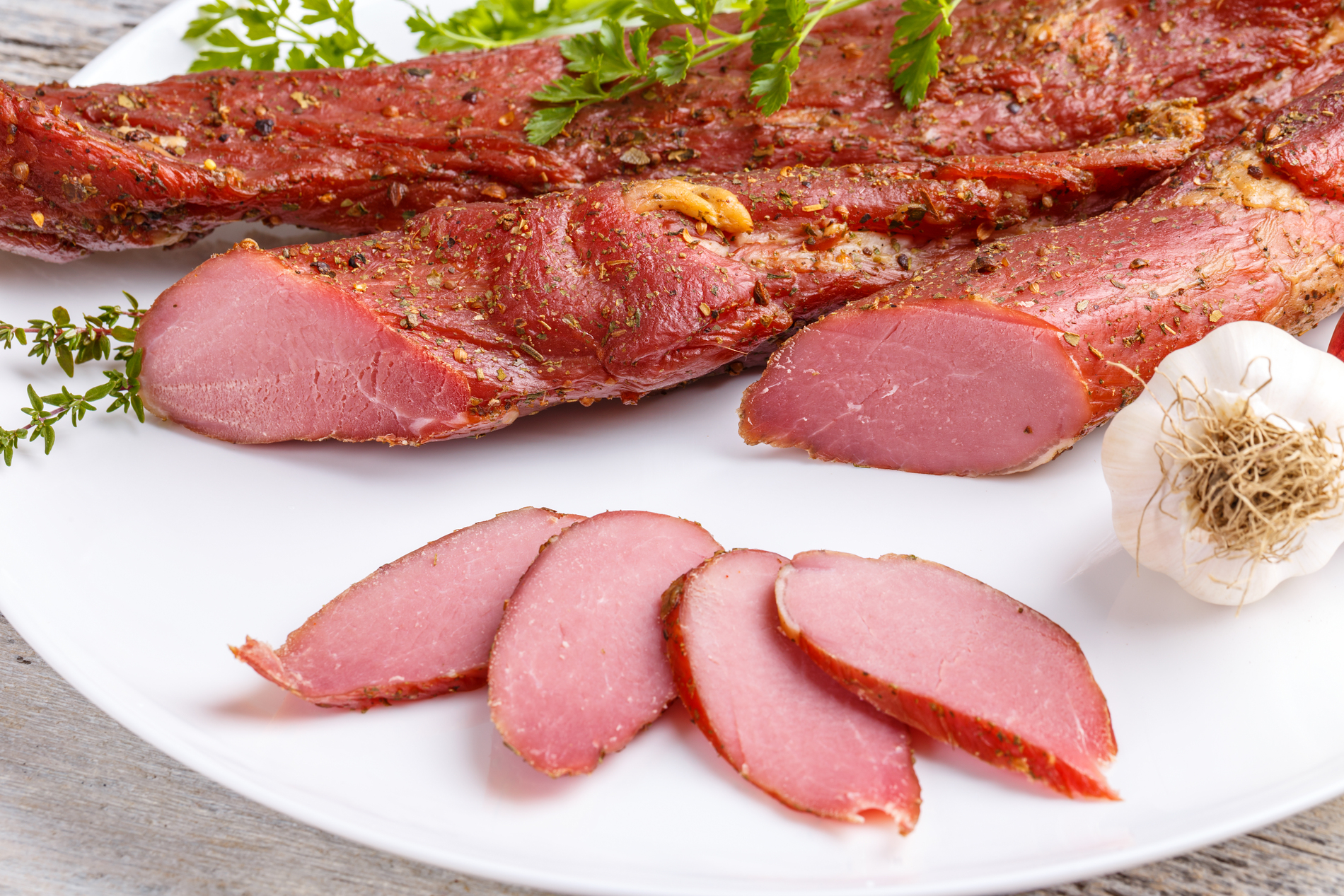
Things like sausage, bacon, and lunch meats are not only fatty but also heavily seasoned, which makes them double trouble. High-fat, salty, and spicy meats can stir up acid production and slow digestion.
14. Butter

Butter might not seem like a big deal, but it’s high in saturated fat. When added generously to foods, it can contribute to slower digestion and more acid reflux symptoms.
15. Ice Cream
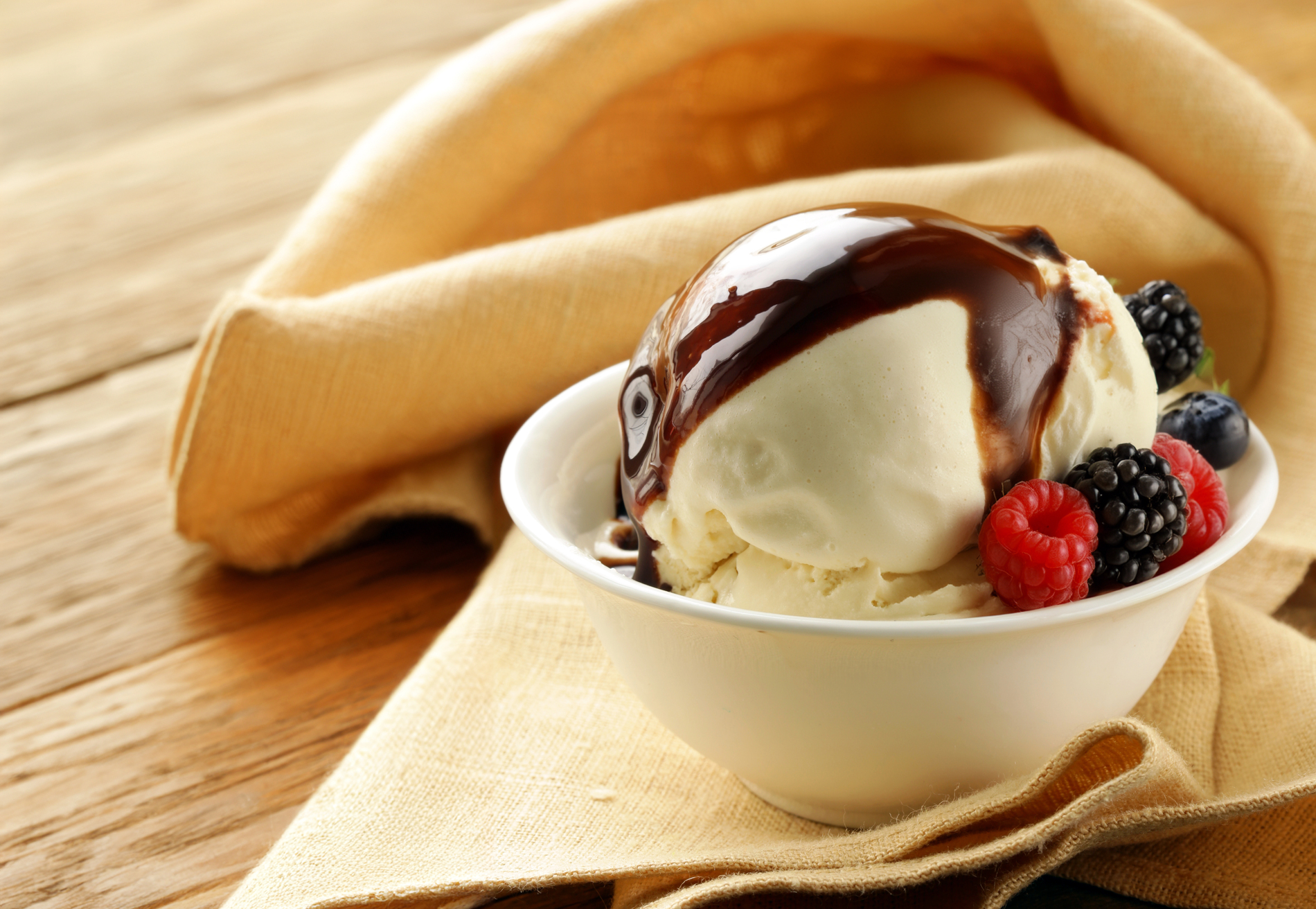
It’s cold, creamy, and comforting, but ice cream is high in both fat and sugar. That combination makes it harder to digest and more likely to leave you with heartburn, especially if you eat it right before bed.
The Takeaway
Heartburn triggers can be sneaky, and what affects one person might not bother another. Still, keeping an eye on these common offenders can help you figure out what’s behind that post-meal burn. Try cutting back slowly and see what your body responds to best. A few small changes can make a big difference in how you feel after eating.

